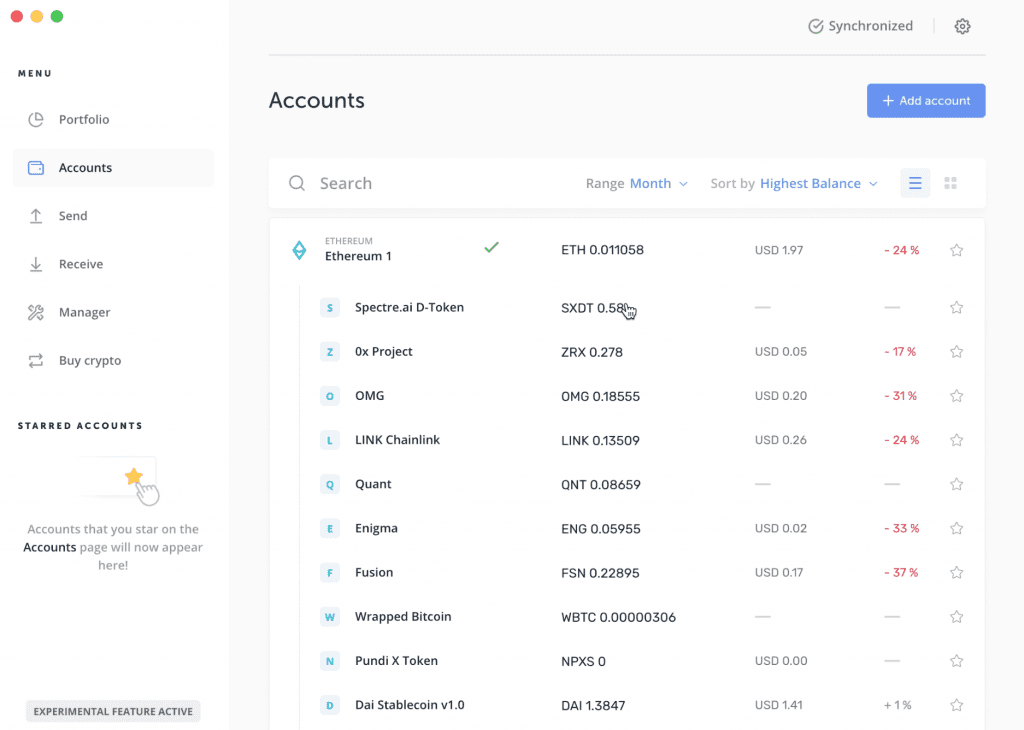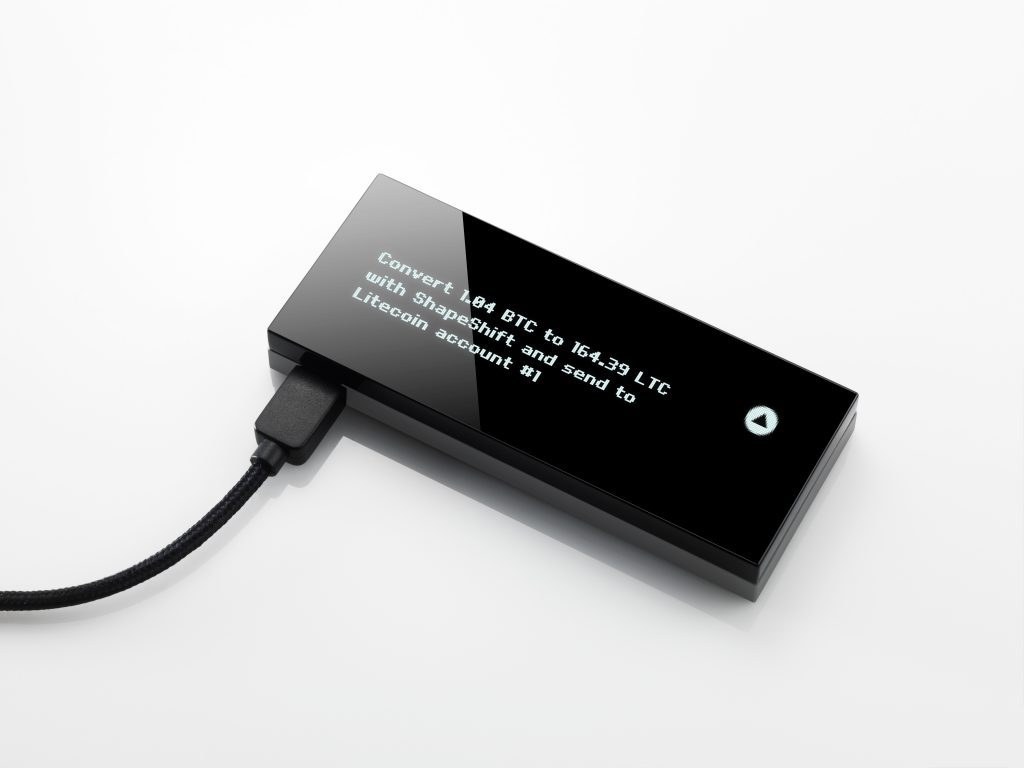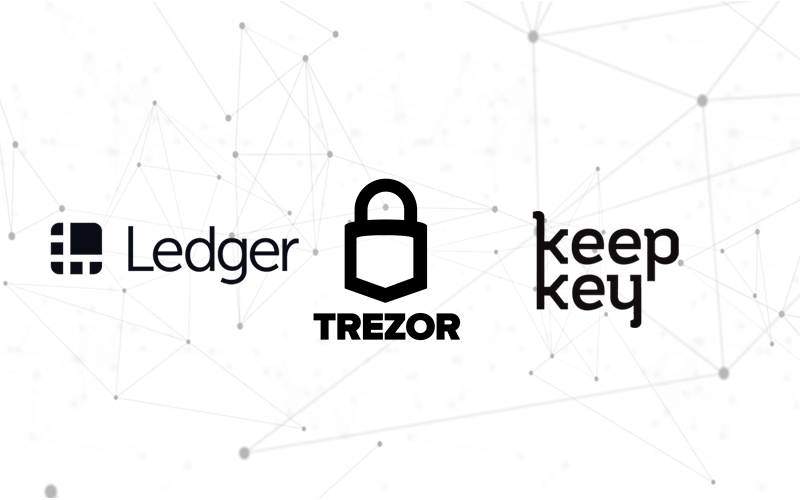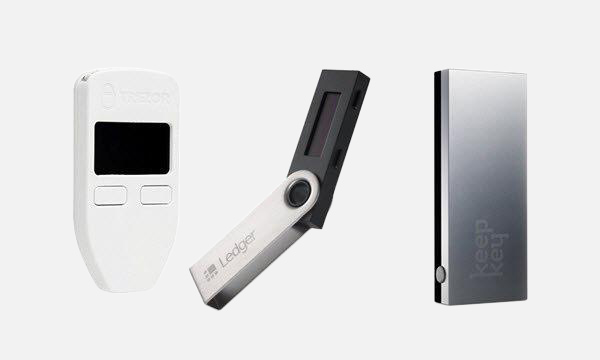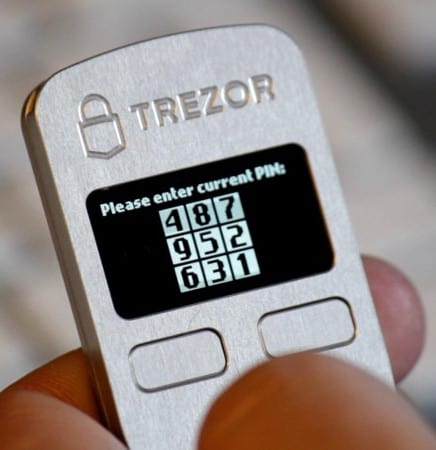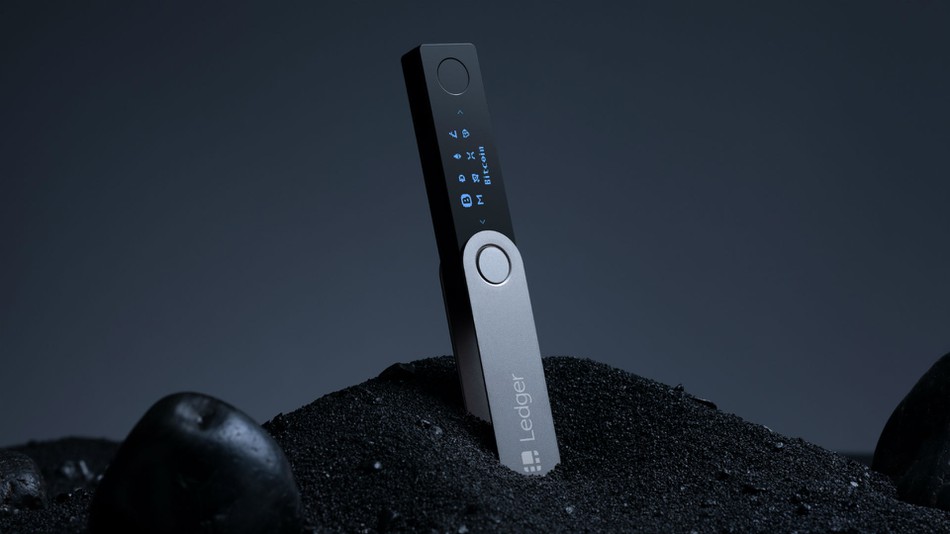KeepKey vs Ledger Nano X (2020) | Which One Is Better? (It’s Not What You Think)
KeepKey vs Ledger Nano X! In this comparison, we are going to do a head-to-head of two of the most competitive and popular new cryptocurrency hardware wallets in this edition of battle of the crypto hardware wallets.
The KeepKey is one of my favorite wallets on the market today and it’s one I use almost every single day due to its revamped user experience and the ability to conduct trades while keeping your private keys in your possession the entire time.
With that said, the Ledger Nano X has really stepped up it’s quality and user-experience as well from the best-selling Ledger Nano S. The two notable features that have been upgraded is the wireless bluetooth support for management on the go with the new Ledger Live mobile app, and also the capacity has been increased to allow up to 100 assets you can hold on the device at once. This by itself, is a massive upgrade from its predecessor.
Which one will win out? Which hardware wallet is better? Stay tuned for the whole article to see who wins in the battle of KeepKey vs Ledger Nano X!
Ledger Nano X: Overview
The Nano X comes beautifully packaged with the device itself, a USB-C cable, a set of instructions and recovery seed cards. The previous bulky buttons that were on top of the device are now seamlessly integrated on it in a way that’s even a bit hard to notice. All in all a beautiful design. The primary features of this device are the bluetooth connection which allows you to manage this device using your smartphone via the iOS and Android app.
Additionally, you can now hodl, store, or manage up to 100 cryptos simultaneously, all without access to your desktop or laptop computer. This is easily it’s best new features, but aside from the upgraded storage capacity and the wireless connectivity, the device itself is now larger, has an integrated 2-function button, and an overall larger screen for verifying transactions. With a trusted device and a more universal charging cable, this makes it much more compelling to spend the extra money to store more coins and one that you can easily take with you as you travel.
Ledger Nano X: Security
Ledger is at the forefront of developing the industry’s device security. How? And in what ways?
CC EAL5+ SECURE ELEMENT
Only Ledger’s devices can claim the French cybersecurity agency ANSSI’s full certification.
The Nano X and Nano S both feature what is called a ‘secure element’. The chip seen below is the next generation chip that comes in the Nano X:
The secure chip meets the CC EAL5+ certification and run’s Ledger’s proprietary BOLOS operating system.
A Secure Element is a secure chip that…embeds intrinsic countermeasures against many known attacks. This kind of chip is tamper-resistant and protects your device to a range of different attacks.”
Ledger Nano X: User Experience
Honestly, the user experience is a massive upgrade from the Ledger Nano X. With that said, It has a few usability issues that I find to be quite difficult to overcome. Although this device is physically larger than it’s predecessor, it still has a fairly difficult to use early experience.
For example, the screen is still fairly small and still cannot accommodate a QR code for scanning. This may not seem like a big deal, but after using several hardware wallets, it really does make a big difference. Using a QR code is not only safer (because it removes the chance of error from manually typing in a wallet address), but it is incredibly faster and makes the entire of transacting offline, a much easier experience.
Although this device has stepped up the quality considerably from it’s latest iteration, I still feel that utilizing an all new form factor could have been beneficial and a little more innovative than replicating their 1st generation device with a few small tweaks.
Ledger Nano X: Coin Support
The Ledger Nano X utilizes the “Ledger Live” dashboard which is a desktop application that allows you to manage all of your coins, portfolio, and potential trades in an easy to use application. You can use this on both an iOS or Android app as well as a desktop.
This app allows you to manage up to 1,100+ coins that are supported by the device. However, only about 200 of them are “native” apps. This means that you can manage them directly within the Ledger Live app, without having to connect to a 3rd party wallet, such as MyEtherWallet or MyCrypto. I will leave a link HERE with a list of fully supported coins.
KeepKey Hardware Wallet: Overview
KeepKey has been one of my absolute favorite hardware wallets to use in 2019. I was asked to test and report back issues with the ShapeShift beta that was a complete overhaul and utilized the KeepKey as it’s cornerstone of promoting keeping possession of your private keys under your control while you conduct trades, which has never been done before.
It was an ambitious goal, but they pulled it off in spades, and as a result it resulted in one of the best user experiences while using a hardware wallet I’ve ever encountered. It was quick, safe, and makes it easier than ever to manage your assets, portfolio, and trades all while keeping all your keys on a hardware wallet and never forfeiting custody. This is truly a game-changer and will pave the way for future hardware wallets moving into the next decade.
Let’s find out why below!
KeepKey: Security
KeepKey has a true random number generator (TRNG) for it’s PIN interface for extra physical security. In addition to offline storage, KeepKey’s PIN code and number randomization makes sure that
1) Your wallet is secure from physical theft.
2) That a hacker couldn’t steal bitcoins from your wallet with malware.
KeepKey is an HD wallet, meaning your entire wallet can be backed up with the 12 words generated on setup. 12 words is the default setting, although KeepKey supports seed lengths of 18 and 24.
The seed is generated using entropy from both the device itself and the computer used for setup. The seed is generated offline on the KeepKey and displayed on the device’s screen. The device’s offline screen makes sure the seed is never displayed on an internet-connected device.
KeepKey: User Experience
This is a complete overhaul that includes all of their services including: Instant Trades, Real-Time Market Data via CoinCap, In-App Crypto Purchases, and KeepKey Integration. That last part is of particular interest to me because I’ve wanted to find a way to execute purchases and trades while having my KeepKey connected, while ensuring that my private keys are protected throughout the entire process.
This is a very important detail, especially if you want to make purchases online with that extra protection and also ensure that my private keys are never compromised in a trade. This truly is the ultimate non-custodial hardware wallet solution. Here’s a few screenshots and user flows based on my experience using this web app.
KeepKey: Coin Support
Natively, this wallet in the current beta form supports over 40 assets with more on the way! Here is a current list of assets that are supported right now. Now let’s get into the nitty-gritty. For years, KeepKey only supported: Bitcoin, Litecoin, Ethereum, Namecoin, Dogecoin, and Dash. For a hardware wallet that needs to compete in this market place, that needed a serious upgrade.
Luckily, they have been making some AMAZING changes and not only added a ton of ERC-20 Support, but more importantly, they are revamping their entire platform to have one fluid, seamless application that integrates all of their core services (See my previous post for details on this). This is extremely powerful, and a decision that I believe will catapult them ahead of the competition. They are currently in a closed beta, and it is expected that they will be releasing this later in 2019. Stay tuned for news on this.
Some of the notable coins that have been added are:
-Chainlink (LINK)
-DigixDAO (DGD)
-Binance Coin (BNB)
-Dai (DAI)
-Maker (MKR)
-TrueUSD (TUSD)
KeepKey vs Ledger Nano X Conclusion: Which One Is Better?
Honestly, this was a tough decision on which hardware wallet is “better”. They both have their strengths and weaknesses, however, at the end of the day, I personally choose the KeepKey. Why? Well, the overall portfolio management and ability to conduct trades while maintaining possession of your private keys is unmatched.
With that said, I really do like the wireless support and the fact that I can hold up to 100 assets simultaneously on the Ledger Nano X. For users with a larger portfolio and want the ability to manage their assets offline, you can’t go wrong. But, if you are someone who likes to trade frequently and want a clean and trusted user experience when connected to a desktop computer, you really can’t beat the KeepKey.
What do you think? Would you choose the KeepKey over the Ledger Nano X? Let us know down below in the comments!
Cheers,
The Crypto Renegade



